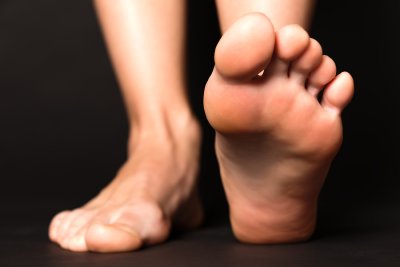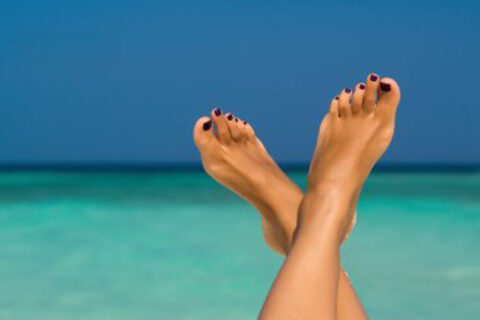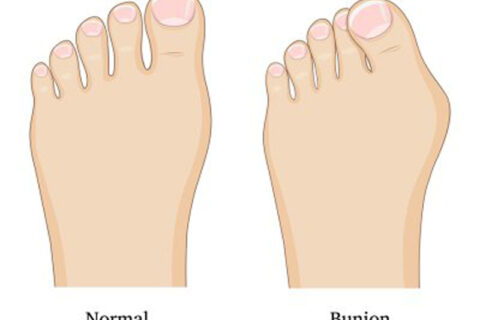What You Need to Know About Ganglion Cysts
Ganglion cysts form below the surface of the skin and feel like jelly-filled knots. While they are not dangerous, they can be uncomfortable and may require treatment. If you have ganglion cysts in Sugar Land , visit your foot doctor for evaluation and treatment. Here are the facts about this common foot condition.

What Are Ganglion Cysts?
Ganglion cysts are benign soft-tissue masses that develop along a tendon sheath or joint capsule. The cause isn’t known, but doctors suspect that they appear because of a trauma—either an acute injury or repetitive, chronic injuries that occur over time. Most often, ganglion cysts appear on the top of the foot, but they can occur elsewhere. In addition to the feet, ganglion cysts also frequently develop on the wrists.
What Are the Symptoms?
The most common symptom of a ganglion cyst is the cyst itself. For some people, this is the only symptom. The cyst will feel like it is filled with fluid and may increase and decrease in size over time. If the cyst is touching a nerve, then you may also experience burning or tingling. Cysts that press against a joint or a tendon may cause a dull, aching pain. Depending on the location of the cyst, your shoes may cause irritation and cause the cyst to be painful.
What Are the Treatment Options?
The treatment your foot doctor recommends for your ganglion cyst depends on a number of factors, including the placement and size of the cyst and your symptoms. If your cyst is not painful and does not interfere with your everyday activities, you may simply need to monitor it for changes. If you are having difficulty wearing shoes, choosing shoes that don’t touch the cyst or placing a pad between the cyst and your shoe may help. For larger cysts that are painful, draining the cyst and injecting it with steroids can alleviate the symptoms, though there is a chance the cyst will return. Rarely, surgery to remove the cyst may be necessary.

